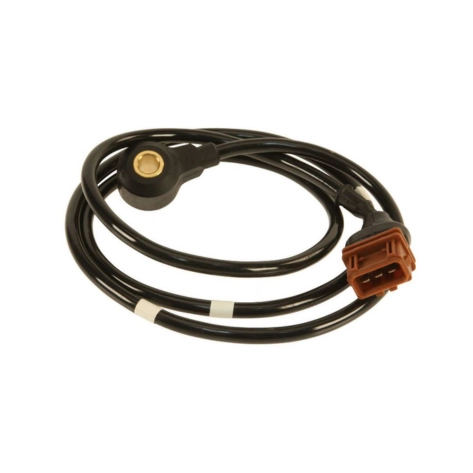Is your engine knocking or pinging, and you’ve received a check engine warning light? If so, you might wonder what this means for your vehicle and how serious it could be. One of the common issues is the activation of the P0330 code — a Diagnostic Trouble Code (DTC) that indicates a problem with your knock sensor circuit.
This sensor is critical in detecting abnormal vibrations or knocking in your engine, which can cause significant damage if left unchecked. When the knock sensor detects these vibrations, it sends signals to the Engine Control Unit (ECU) to adjust the engine’s timing and prevent further issues.
Understanding the P0330 check engine light code is essential for maintaining your vehicle’s performance and longevity. Ignoring this code can lead to more severe engine problems, reduced fuel efficiency, and increased repair costs.
This blog post will cover what the knock sensor does, the common issues that trigger the P0330 code, symptoms you might notice, and practical solutions for fixing it. Whether you’re a DIY enthusiast or just want to know the complexities of engine mechanics, this guide will equip you with the knowledge you need to address the P0330 code effectively.
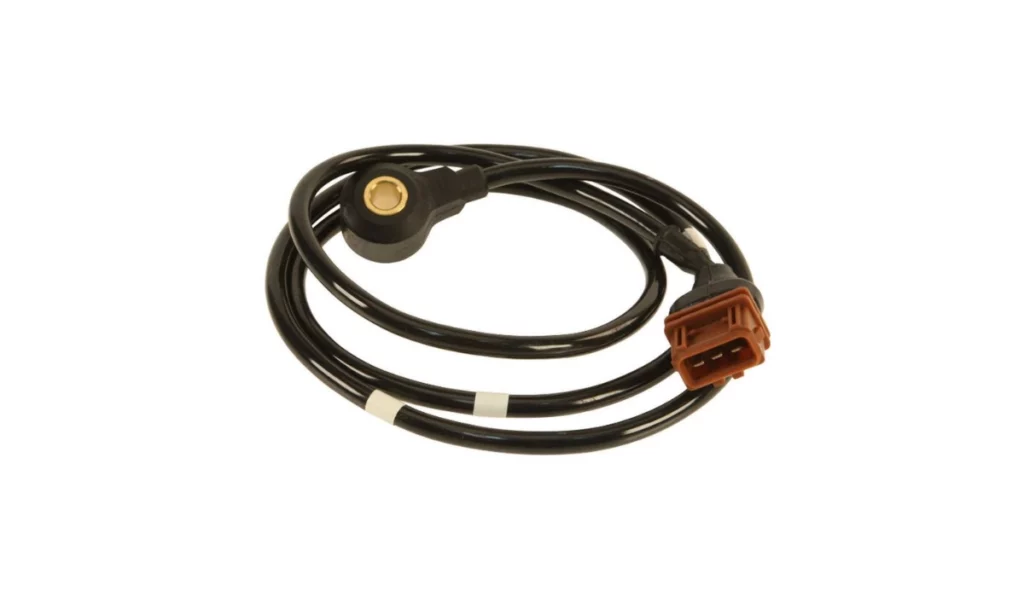
What is the P0330 Knock Sensor Code?
The P0330 knock sensor code is a common issue that many vehicle owners encounter. Understanding what this code means and the role of the knock sensor can help you take the necessary steps to address it effectively.
Knock Sensor — Explained
A knock sensor or knock detonation sensor is a small yet crucial device on the engine block. Its primary job is to detect abnormal engine vibrations, commonly called “knocking” or “pinging.” These vibrations occur when fuel burns unevenly in the engine’s cylinders, potentially causing significant engine damage if not addressed.
How Knock Sensor Works
The knock sensor acts as a stethoscope of your engine that picks up abnormal vibrations and sends an electrical signal to the Engine Control Unit (ECU). Here’s how it fundamentally works:
Detection of Vibrations — The knock sensor consists of a piezoelectric element that generates a small electrical voltage when it experiences certain vibration frequencies. This element is tuned to detect the specific vibration frequencies associated with engine knock.
Signal Transmission — When the sensor detects knocking vibrations, it converts these mechanical vibrations into an electrical signal, which is then transmitted to the ECU.
ECU Response — The ECU analyzes the signal from the knock sensor to determine the intensity and frequency of the knocking. If the ECU detects that the knocking exceeds a safe threshold, it will adjust the engine’s ignition timing by retarding the spark to prevent further knocking. This adjustment helps reduce the pressure and temperature in the cylinders, minimizing the knocking.
Feedback Loop — This process creates a feedback loop where the ECU continuously monitors and adjusts the engine’s performance in real-time to prevent knocking, ensuring the engine runs smoothly and efficiently.
What Does the P0330 Knock Sensor Code Mean?
The P0330 code indicates an issue with the knock sensor circuit on the bank 2 side of your engine. This could mean the sensor is faulty, there is an issue with the wiring, or the ECU is not receiving the correct signals. When this code appears, it’s a sign that your vehicle’s system is not effectively monitoring or responding to engine knocking, which could lead to more severe problems if not fixed promptly.
The knock sensor is vital for your engine’s health. Without a functioning knock sensor, your engine might experience uncontrolled knocking, leading to reduced performance, increased fuel consumption, and potential long-term damage. Addressing the P0330 code promptly helps maintain your engine’s efficiency, prevents costly repairs, and ensures your vehicle runs smoothly.
By understanding the knock sensor’s role and the implications of the P0330 code, you can better manage your vehicle’s health and performance and ensure it stays in top condition.
Common Issues that Causes P0330 Code to Activate
Understanding the common issues that cause the P0330 code to activate can help you diagnose and address the problem more effectively. This section will cover the primary causes, including wiring problems, a faulty knock sensor, ECU issues, and various environmental factors.
Faulty Knock Sensor
A malfunctioning knock sensor can directly trigger the P0330 code. The knock sensor may fail due to internal short circuits, engine vibration damage, or old age. When the sensor fails, it either sends incorrect signals or no signals at all to the ECU, causing the ECU to register a fault. Replacing a faulty knock sensor with a high-quality part is essential to restore proper engine function.
Wiring Problems
Damaged or corroded wiring can disrupt the signal transmission between the knock sensor and the ECU, leading to a P0330 code. Over time, the wiring harnesses can suffer from wear and tear due to exposure to engine heat, moisture, and vibrations.
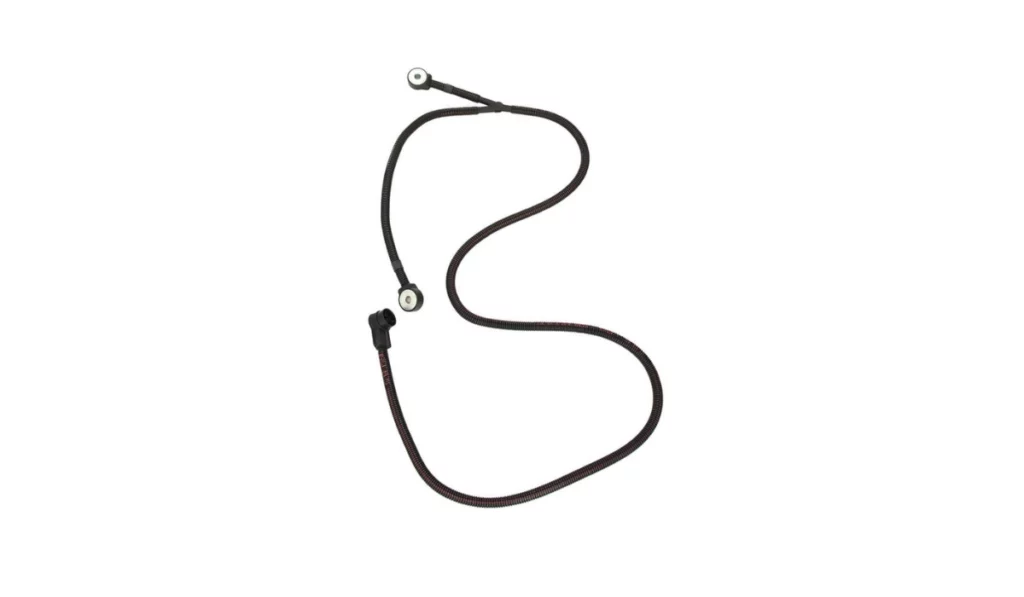
Corroded connectors or frayed wires can prevent the knock sensor from sending accurate signals, causing the ECU to detect a fault in the circuit. Regular inspection and maintenance of the wiring can help prevent these issues.
ECU Issues
Problems with the ECU can also activate the P0330 code. The ECU interprets signals from the knock sensor and adjusts engine timing accordingly. If the ECU malfunctions due to software issues, electrical faults, or physical damage, it may misinterpret the signals from the knock sensor, triggering the P0330 code. In such cases, resetting or replacing the ECU may be necessary.
Environmental Factors
Environmental factors like extreme temperatures and engine vibrations can affect the knock sensor and its components, leading to a P0330 code. High temperatures can cause the knock sensor to overheat and fail, while excessive vibrations can damage the sensor and the wiring.
Additionally, exposure to moisture and contaminants can lead to corrosion and electrical issues. Ensuring proper engine insulation and regular maintenance can help mitigate these environmental impacts.
By understanding these common issues, vehicle owners can take proactive measures to diagnose and resolve the P0330 code, ensuring their engine runs smoothly and efficiently.
Premium European Car Parts for Less
At eEuroparts.com, you can find an impressive array of genuine European car parts and OEM parts at competitive pricing. We’re committed to offering European car enthusiasts top-quality auto parts at lower costs. Our inventory caters specifically to your European ride, meeting all OEM quality requirements. From critical suspension parts to everyday maintenance items, we cover it all.
By choosing eEuroparts.com, you save significantly without losing quality, perfect for European automotive DIY enthusiasts who value affordability and reliability. With a vast stock, easy-to-use website, and exceptional customer service, you’ll always find what you need. For all maintenance and upgrades, trust eEuroparts.com.
Symptoms of a P0330 Code
Recognizing the symptoms of a P0330 code can help you address the problem before it leads to more severe engine damage. This section will cover the main symptoms, including engine knocking, poor performance, the check engine light, and increased fuel consumption.
Check Engine Light
The check engine light plays a crucial role in indicating a P0330 code. When the ECU detects a problem with the knock sensor circuit, it typically triggers the check engine light to alert the driver. This light can be one of the first signs of a problem requiring attention.
However, depending on your vehicle’s make and model, the check engine warning light may not illuminate even if the DTC P0330 is active. This makes it important to regularly use an OBD-II scanner to check for stored codes, especially if you suspect an engine performance issue. Confirming the presence of a P0330 code can help you address the problem promptly, even if the warning light hasn’t come on.
Engine Knocking or Pinging
Engine knocking or pinging sounds may indicate the knock sensor is faulty. These sounds occur when fuel burns unevenly in the engine’s cylinders, creating shock waves that cause a metallic knocking noise. When the knock sensor fails to detect these vibrations properly, the Engine Control Unit (ECU) cannot adjust the ignition timing to prevent knocking, leading to these distinctive sounds.
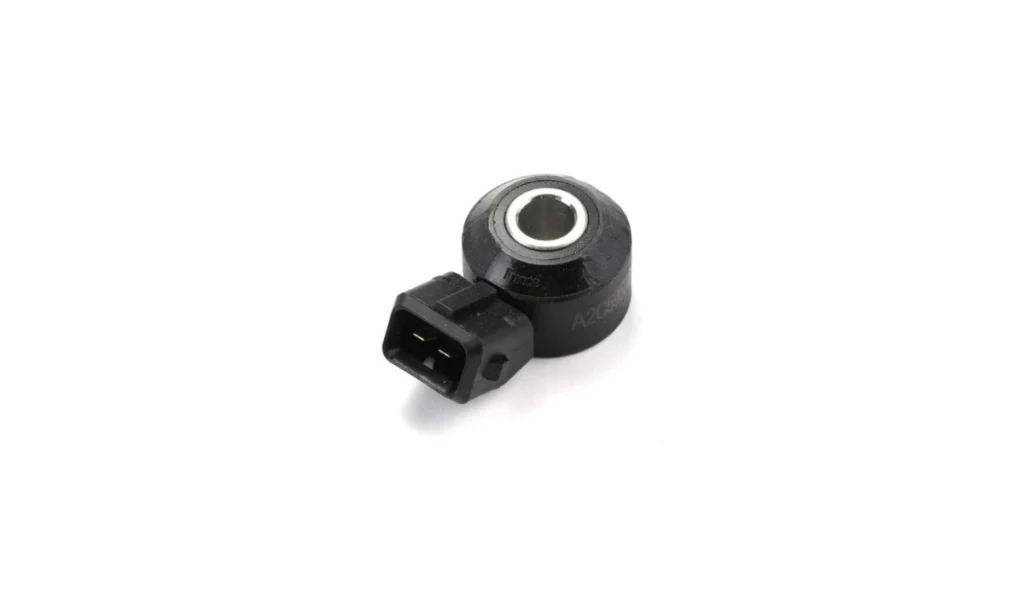
Poor Engine Performance
A malfunctioning knock sensor can decrease acceleration momentum and power, resulting in poor engine performance. When the knock sensor is not working correctly, the ECU may not optimize the engine’s timing, causing the engine to run less efficiently. This can result in sluggish acceleration, reduced power output, and diminished driving performance. Addressing the knock sensor issue can help restore your vehicle’s performance.
Increased Fuel Consumption
A faulty knock sensor can also lead to increased fuel consumption. When the ECU cannot accurately detect and adjust for engine knocking, it may default to a conservative engine timing setting to prevent potential damage. This conservative setting can reduce fuel efficiency, causing your vehicle to consume more fuel than usual. Fixing the knock sensor can help improve your vehicle’s fuel economy.
Can I drive my car with a P0330 code?
While you can drive your car with a P0330 code, it is not recommended. Ignoring the problem can lead to reduced performance, increased fuel consumption, and potential long-term damage to your engine’s internal components. Therefore, addressing the P0330 code promptly is crucial for maintaining your vehicle’s health and performance.
Diagnosing the P0330 Code
Diagnosing the P0330 code accurately is essential to address the underlying issues effectively. This section will guide you through using an OBD-II scanner, performing a visual inspection, and conducting voltage testing to pinpoint the problem with the knock sensor circuit.
OBD-II Scanner
Using an OBD-II scanner is the first step in diagnosing the P0330 code. An OBD-II scanner can read the diagnostic trouble codes stored in your vehicle’s ECU. Here’s how to use it:
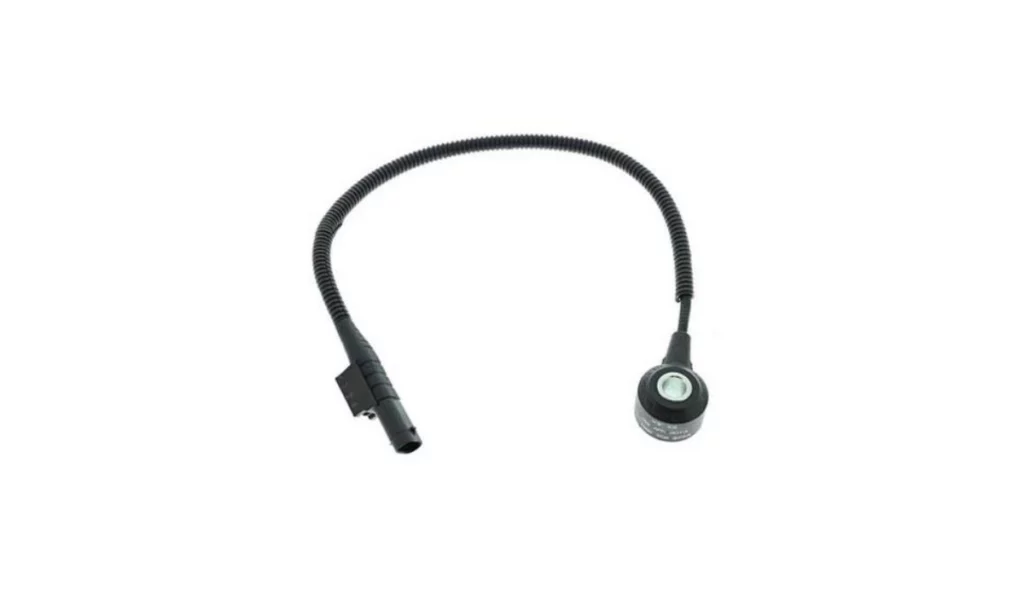
Connect the Scanner — Plug the OBD-II scanner into the diagnostic port, typically located under the dashboard near the steering column.
Turn on the Ignition — Turn the ignition to the “ON” position without starting the engine.
Read the Codes — Follow the scanner’s instructions to read the diagnostic codes. The scanner will display any codes stored in the ECU, including the P0330 code.
Interpret the Codes — The scanner will provide a description of the code. For the P0330 code, it indicates an issue with the knock sensor circuit on bank 2.
Record the Data — Note the code and any additional information the scanner provides. This will help you understand the nature of the problem and guide further diagnostics.
Visual Inspection
A visual inspection can help identify obvious issues with the knock sensor and its wiring. Here’s how to perform a thorough inspection:
Locate the Knock Sensor — Refer to your vehicle’s repair manual to find the exact location of the knock sensor. It is usually mounted on the engine block right under the intake manifold.
Inspect the Wiring — Check the wiring connected to the knock sensor for any signs of damage, such as frayed wires, loose connections, or corrosion. Damaged wiring can disrupt the sensor’s signal.
Check the Sensor — Examine the knock sensor itself for any visible signs of damage or wear. Ensure that it is securely mounted and free from contaminants.
Connector Inspection — Inspect the connectors for corrosion or dirt. Clean them if necessary and ensure they are properly seated.
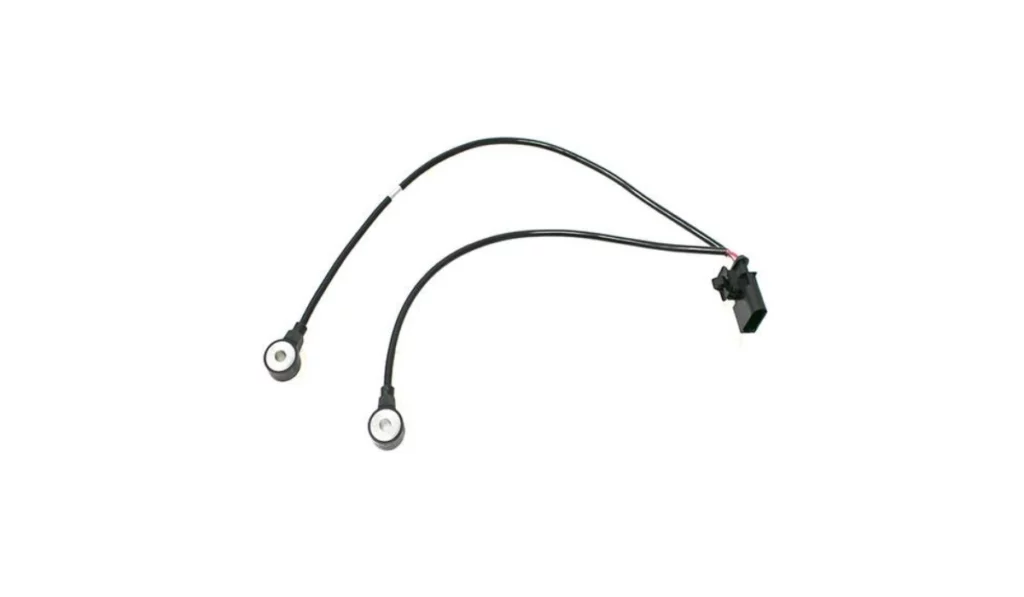
Voltage Testing
Using a multimeter or oscilloscope to test the knock sensor’s voltage can provide more detailed insights into its functionality. Here’s a brief overview of the process:
Prepare the Tools — You will need a digital multimeter or an oscilloscope to perform the voltage test.
Set the Multimeter — If using a multimeter, set it to the appropriate voltage range for your vehicle’s knock sensor specifications.
Test the Voltage — Connect the multimeter probes to the knock sensor’s signal wire and ground while the engine runs. The multimeter should display a voltage reading that varies with engine speed. Refer to your vehicle’s repair manual for the specific voltage range.
Oscilloscope Testing — If using an oscilloscope, connect the probes similarly and observe the waveform. A functioning knock sensor will produce a waveform that correlates with engine vibrations.
Analyze the Results — Compare the readings to the specifications provided in your vehicle’s repair manual. Abnormal readings indicate a faulty knock sensor or wiring issues that must be addressed.
By following these diagnostic steps, you can accurately identify the cause of the P0330 code and take the necessary actions to resolve the issue, ensuring your engine runs smoothly and efficiently.
Repair Solutions for a P0330 Code
Addressing a P0330 code promptly is crucial to maintaining your vehicle’s performance and preventing long-term engine damage. This section will guide you through the required tools, safety precautions, and detailed steps for replacing the knock sensor, repairing wiring, and resetting or replacing the ECU.
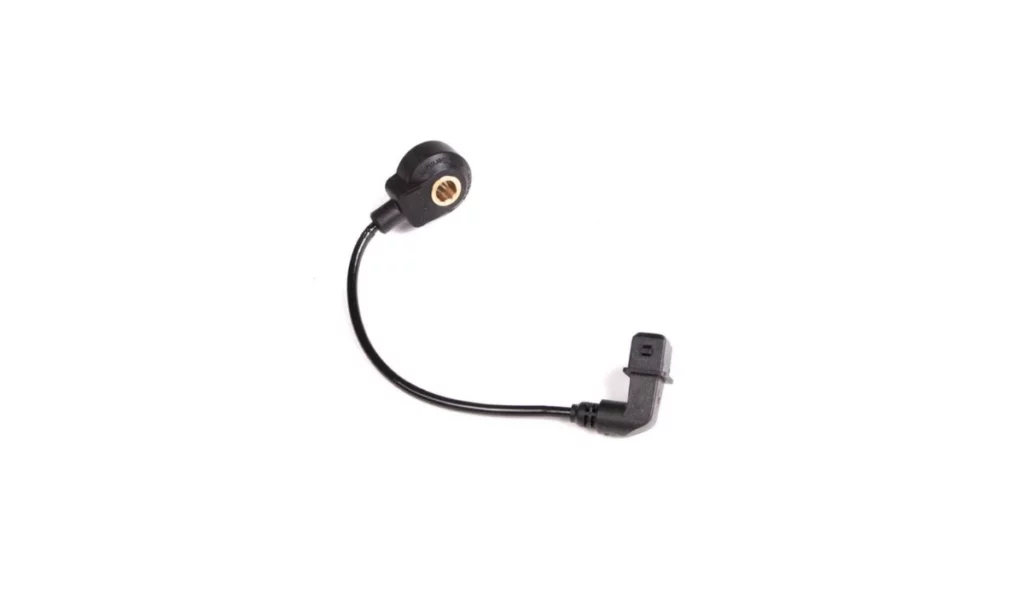
Tools Required
Before starting any repairs, gather the necessary tools:
- Gloves
- Safety goggles
- Ratchet and socket set
- Spanner set
- Screwdriver set
- Pliers set
- Torque wrench
- OBD-II scanner
- Digital multimeter
- Wire strippers and crimpers
- Electrical tape and connectors
Having these tools ready will ensure a smooth and efficient repair process.
Safety First!
Safety is paramount when working on your vehicle to prevent accidents and injuries. Before starting any repairs, always disconnect the battery’s negative terminal to eliminate the risk of electrical shocks. Wearing safety gear, such as gloves and safety goggles, is essential to protect your hands and eyes from debris and electrical components.
Additionally, ensure your workspace is well-ventilated, especially if you need to run the engine, to avoid inhaling harmful fumes. It’s also important to work on a cool engine. Allow your engine to cool down completely before touching the knock sensor or other components to prevent burns and other heat-related injuries.
These safety precautions will help create a safer working environment and ensure a smoother repair process.
Replacing the Knock Sensor
Replacing the knock sensor is often the best solution if the knock sensor is faulty. Here’s a step-by-step guide:
Locate the Knock Sensor — Refer to your vehicle’s repair manual to find the exact location of the knock sensor.
Disconnect the Wiring — Carefully unplug the electrical connector from the knock sensor.
Remove the Sensor — Use a socket set to unscrew and remove the old knock sensor.
Install the New Sensor — Screw in the new knock sensor and tighten it to the manufacturer’s specifications. Make sure that it is tightened while it is in its correct orientation. Installing a knock sensor on a different angle may mess with the signal it generates and could cause the ECU to read it wrongly.
Reconnect the Wiring — Plug the electrical connector into the new knock sensor.
Reconnect the Battery — Reconnect the negative terminal of the battery.
Test the Repair — Use the OBD-II scanner to clear the code and check if the P0330 code is resolved.
Repairing or Replacing Wiring
Damaged wiring can disrupt the signal from the knock sensor. Here’s how to repair or replace it:
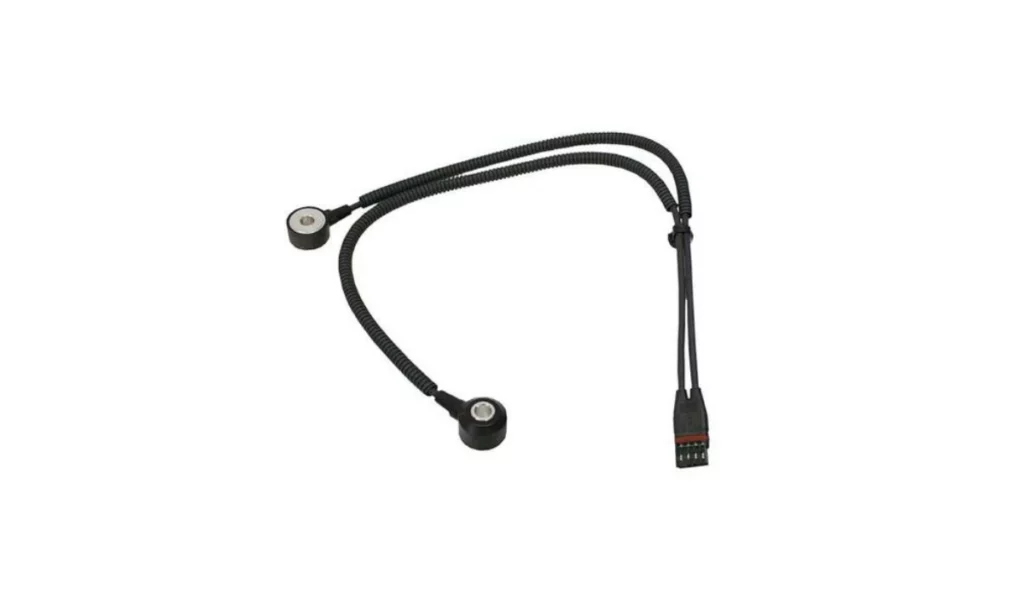
Inspect the Wiring — Identify any damaged or corroded wires connected to the knock sensor.
Cut and Strip Wires — Use wire strippers to remove the damaged sections of the wire.
Crimp New Connectors — Attach new connectors using crimpers and ensure they are secure.
Reconnect Wiring — Connect the repaired wiring to the knock sensor and secure it with electrical tape.
Test the Connection — Ensure the wiring is properly connected, and test the knock sensor signal with a multimeter.
ECU Reset or Replacement
If the ECU is faulty, it may need to be reset or replaced. Here’s how to do it:
Reset the ECU — Disconnect the battery and wait for about 15 minutes. Reconnect the battery and use the OBD-II scanner to clear the codes.
Test the Vehicle — Start the engine and check if the P0330 code reappears. If it does, further action may be required.
Replace the ECU — If resetting doesn’t work, you may need to replace the ECU. Consult your vehicle’s repair manual or a professional mechanic for specific instructions on replacing the ECU.
How much does it typically cost to fix a P0330 code?
The cost to fix a P0330 code can vary depending on the underlying issue and your vehicle’s make and model. A new knock sensor typically costs between $50 and $300, labor excluded. If the problem involves wiring repairs, the cost may increase slightly due to additional labor.
In cases where the ECU needs to be reset or replaced, costs can range from $500 to over $2,000, depending on the complexity and the need for reprogramming. Getting quotes from multiple mechanics ensures you receive a fair price for the necessary repairs.
Following these steps, you can effectively diagnose and repair the P0330 code, ensuring your engine runs smoothly and efficiently.
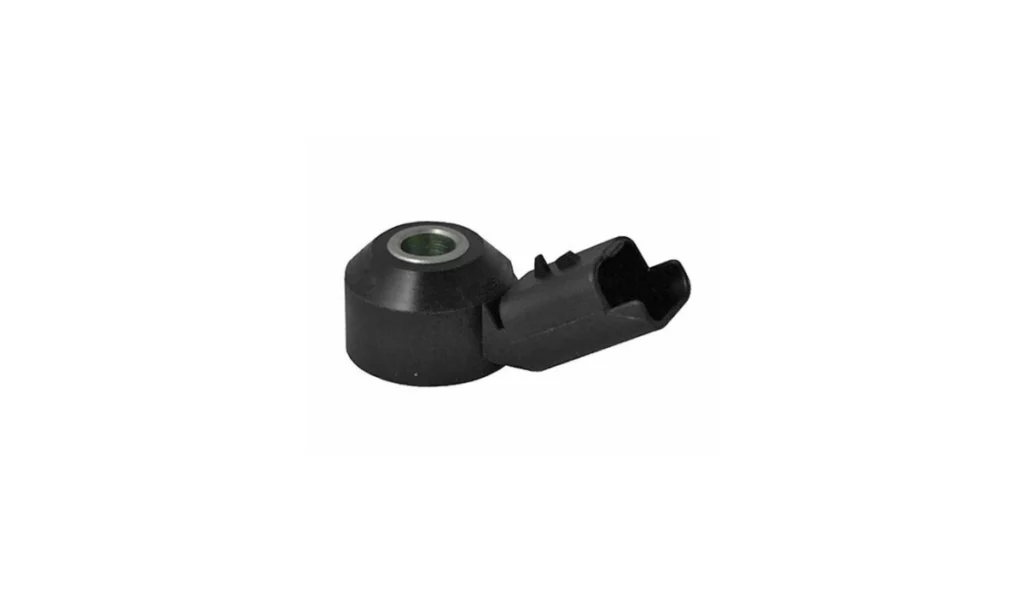
Preventive Maintenance
Preventive maintenance is key to avoiding the P0330 code and ensuring your vehicle’s knock sensor functions optimally. This section provides tips on using high-quality parts, following manufacturer recommendations, preventing contamination, maintaining wiring harness covers, and keeping ECU software updated.
Follow Manufacturer Recommendations
Always adhere to the maintenance schedules and guidelines your vehicle’s manufacturer provides. These recommendations are designed to keep your car running smoothly and prevent issues like the P0330 code. Regular maintenance checks and timely parts replacement according to the manufacturer’s specifications can help maintain optimal engine performance and avoid sensor failures.
Avoid Coolant or Engine Oil Contamination
Contamination of the knock sensor with coolant or engine oil can cause it to malfunction. Ensure that there are no leaks in the engine that could lead to fluid contamination. Regularly check for signs of leaks and address them promptly. Keeping the engine and its components clean can prevent the knock sensor from being compromised by contaminants.
Maintain Wiring Harness Covers
The wiring harness that connects the knock sensor to the ECU is crucial for signal transmission. Ensure that the wiring harness covers are intact and not damaged. These covers protect the wires from exposure to heat, moisture, and physical damage. Regular inspection and maintenance of these covers can prevent wiring issues that trigger the P0330 code.
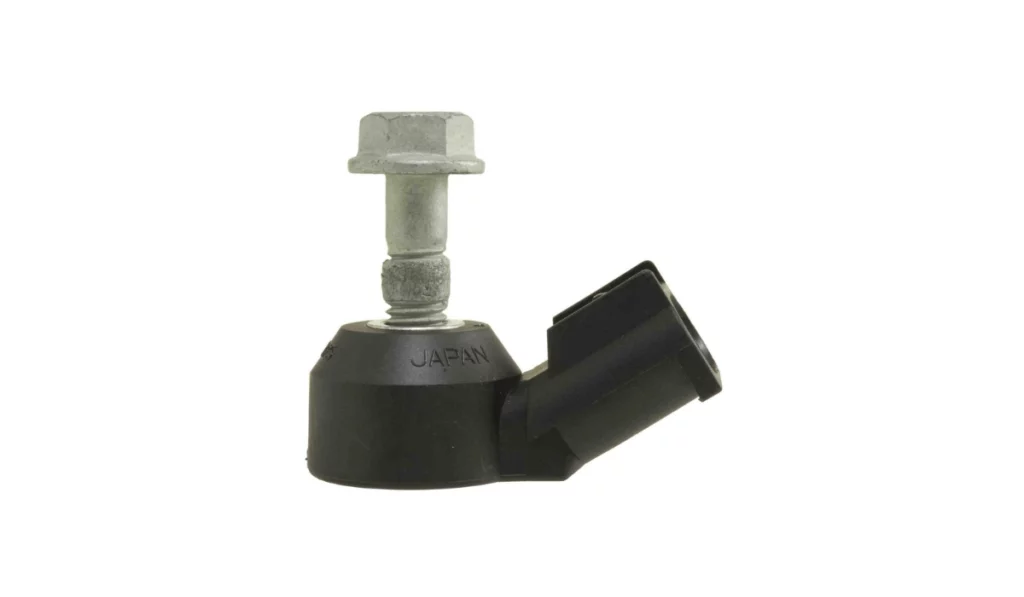
Use High-Quality Parts
Always use the recommended fuel grade and octane rating specified by the manufacturer. Use high-quality parts for your vehicle, such as spark plugs and ignition coils. Higher-quality components help prevent engine knocking, especially in high-performance or turbocharged engines.
Keep Up with ECU Software Updates
Keeping your vehicle’s ECU software up to date is vital for optimal performance. Manufacturers release software updates to improve engine management and address known issues. Regularly check for updates from your vehicle’s manufacturer and ensure they are installed. Updated ECU software can help prevent false error codes and improve the overall functionality of engine sensors, including the knock sensors.
These preventive maintenance tips can minimize the risk of encountering the P0330 code and ensure your vehicle’s knock sensor and engine operate efficiently. Regular care and attention to these aspects will help maintain your vehicle’s reliability and performance.
Fix P0330 Code with High-quality Knock Sensors!
High-quality parts ensure long-lasting performance and reliability when repairing and maintaining your vehicle. For all your knock sensor and related component needs, look no further than eEuroparts.com. We offer a wide selection of premium automotive parts that meet or exceed OEM specifications, ensuring your vehicle runs smoothly and efficiently.
By choosing eEuroparts.com, you invest in car parts that are built to last, reducing the risk of future issues like the P0330 code. Our user-friendly website and excellent customer service make finding the right parts easy and hassle-free. Don’t compromise on quality — trust eEuroparts.com for all your automotive repair needs.
Visit our shop today to explore our extensive inventory and take the first step towards a well-maintained, high-performing vehicle.

